
Art Rotterdam
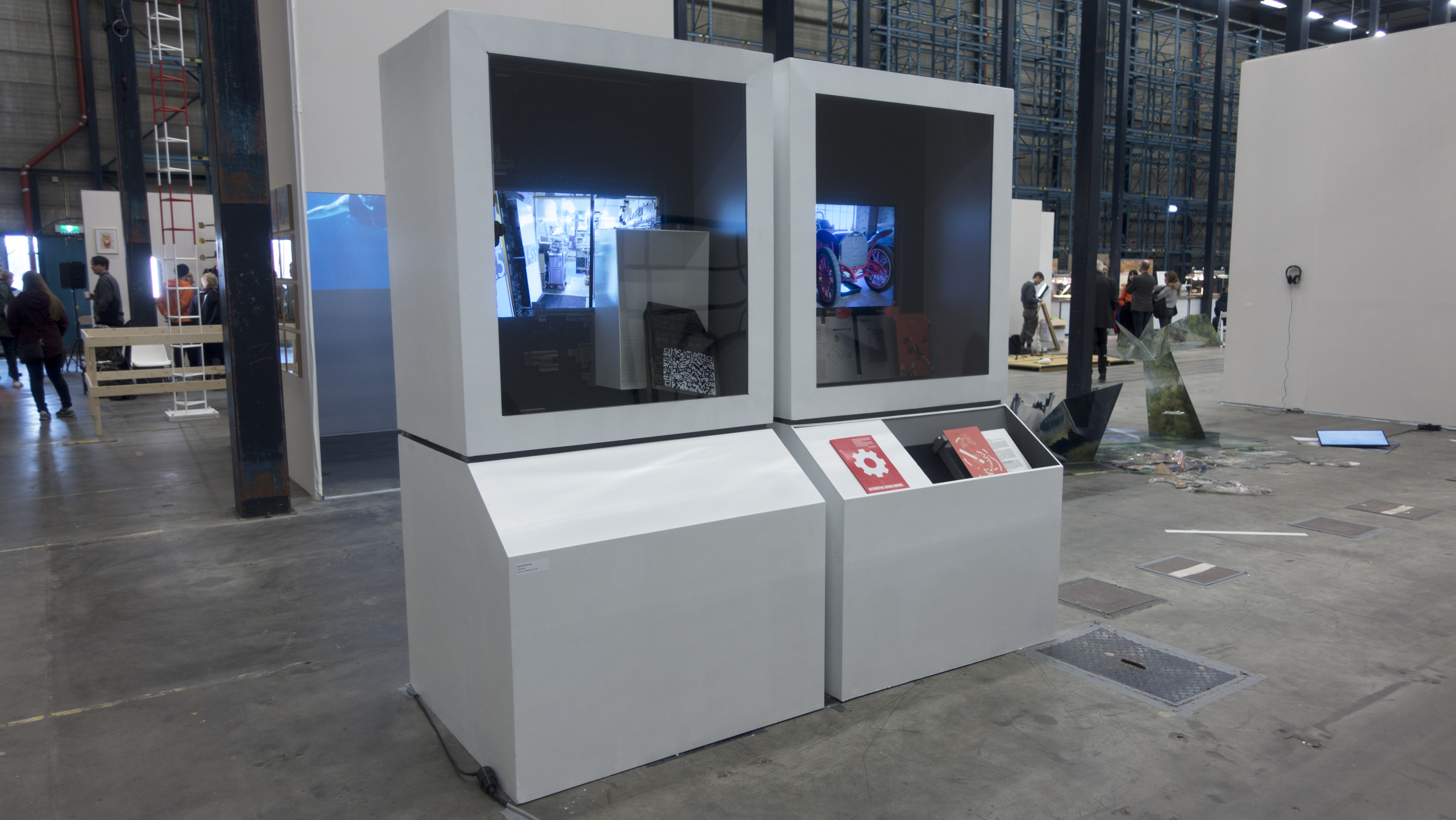
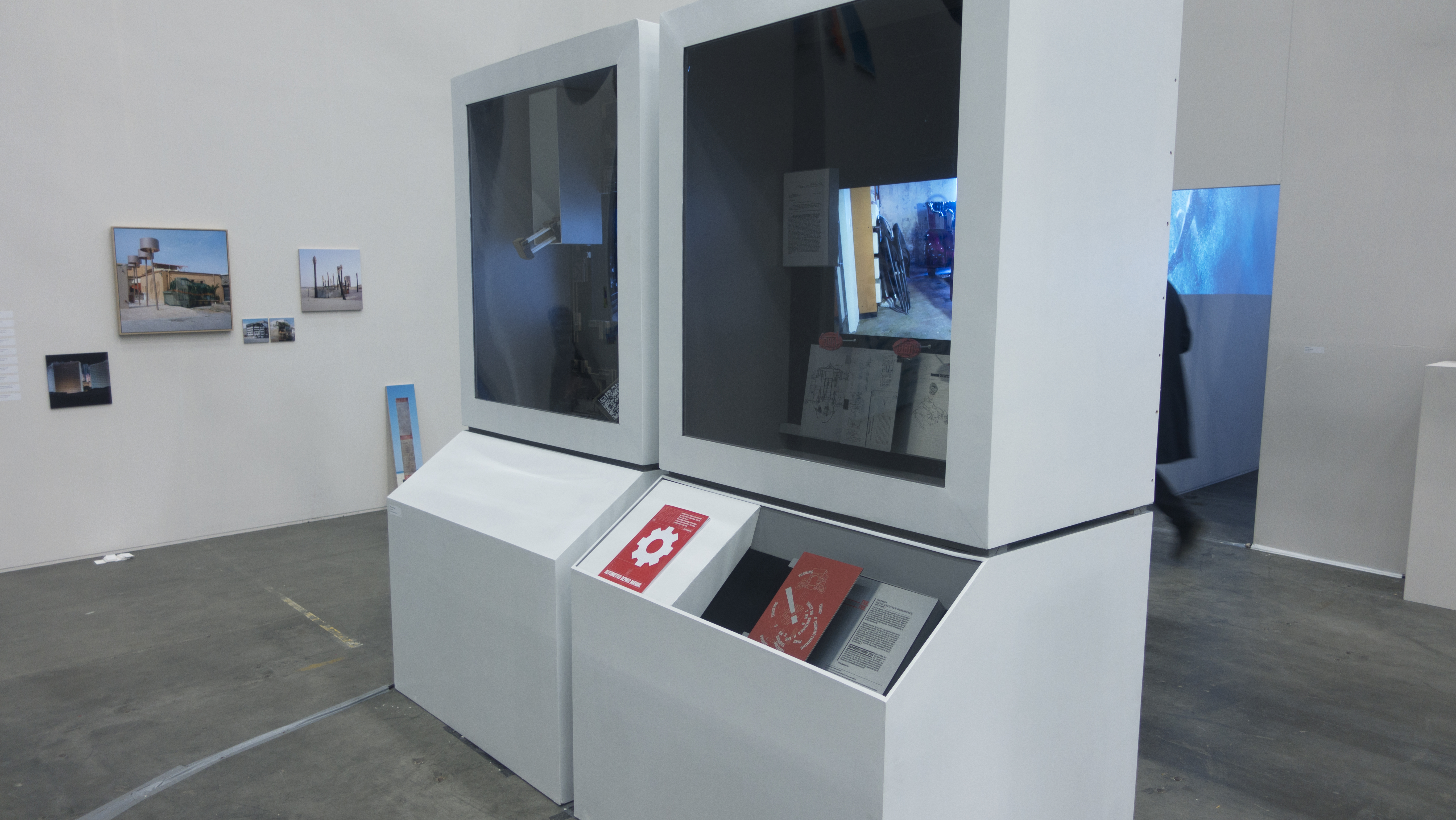
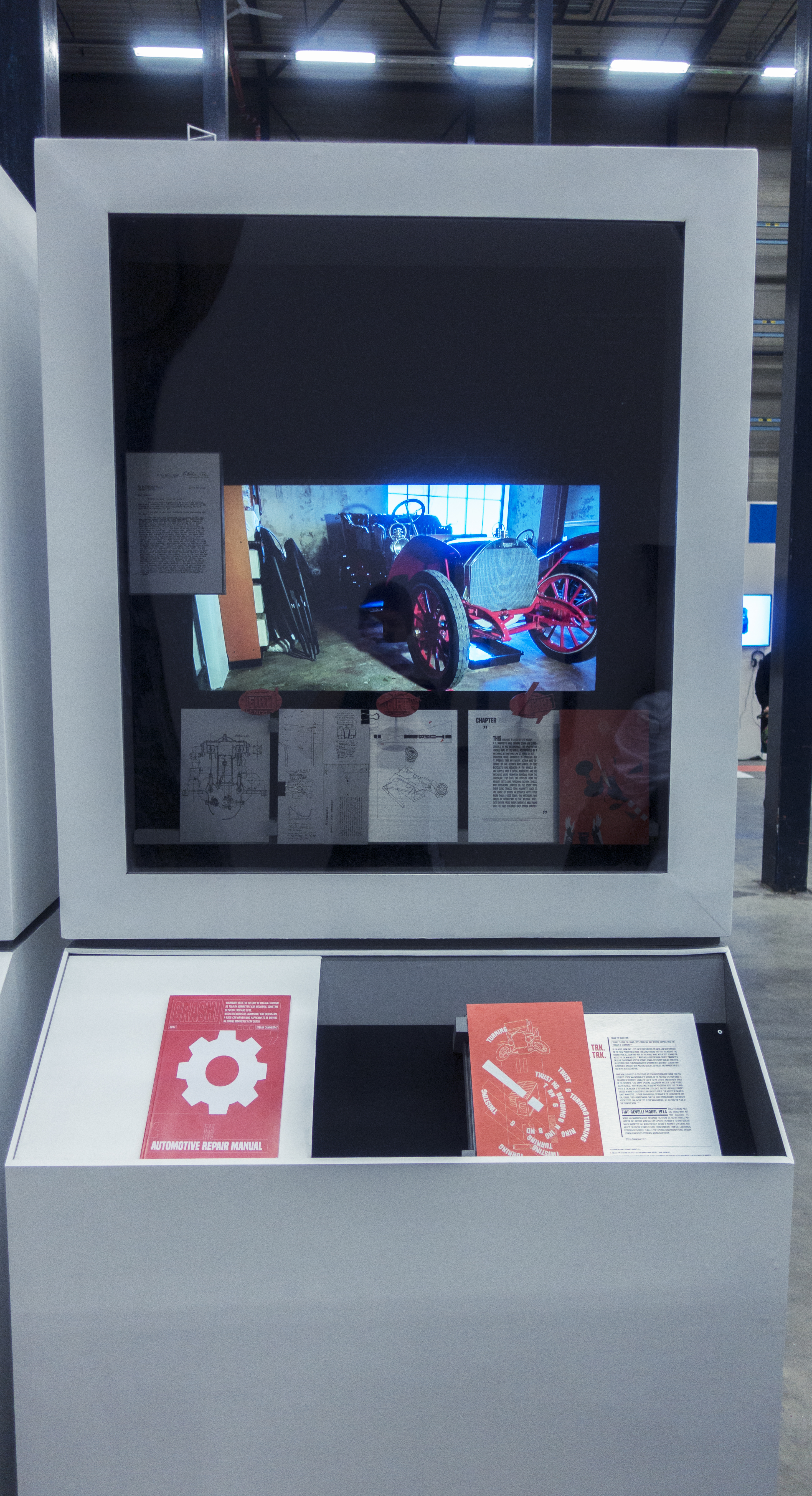
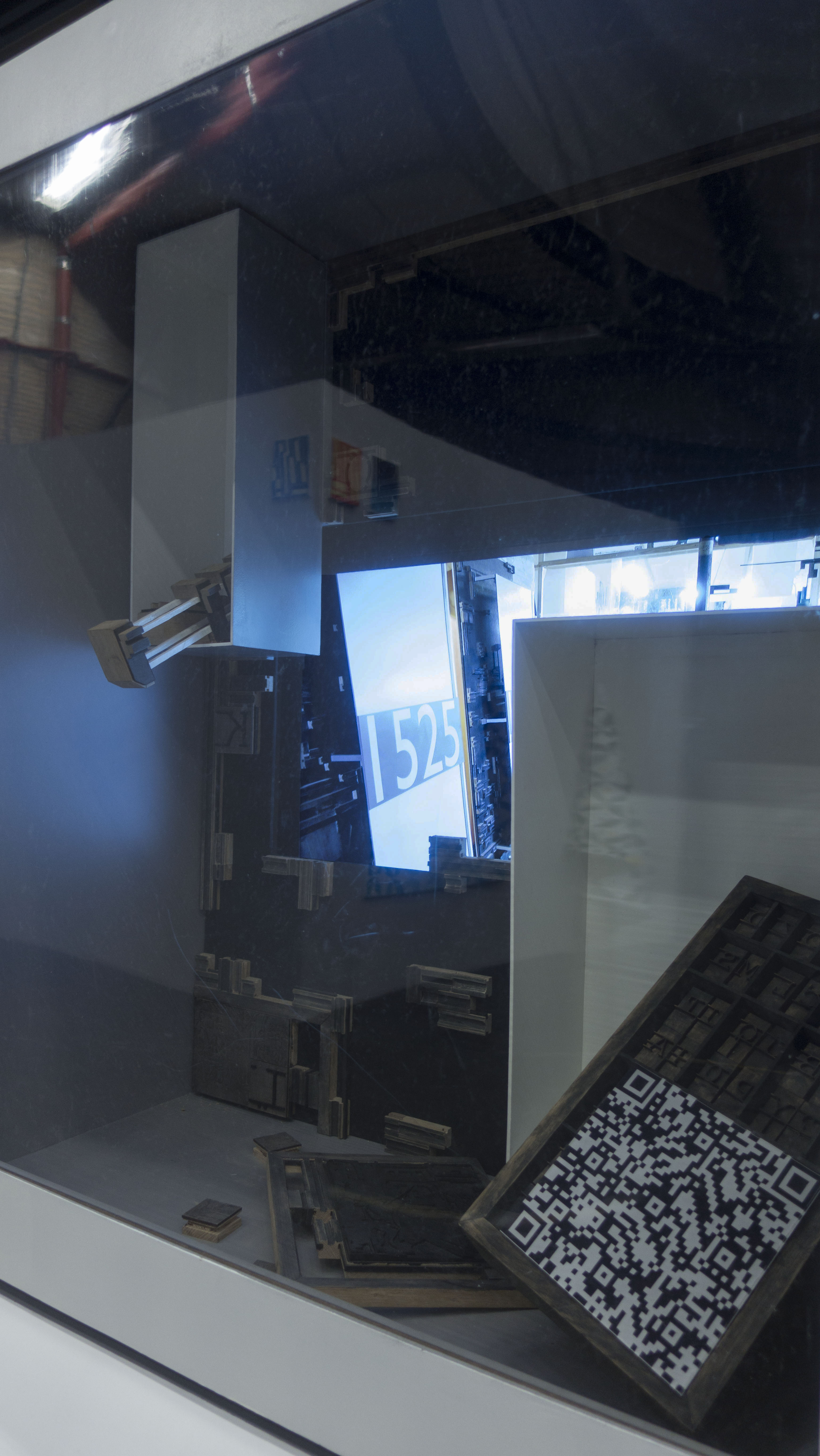
Letterpress

More images coming soon.
Style & Auto

About
Artifices, 2018

For the Prospects and Concepts show at Art Rotterdam I presented two displays of earlier pieces (Futurists without Prospects and the successive Crash publication, and Exercises in dischronology). Part of the pieces have been installed at locations relating to the specific context of the works. For Futurists without Prospects this is a private car collection, housing the last FIAT tipo 24/32 in the world- the exact model of car F.T. Marinetti drove into a ditch in 1908, which started his journey as the leading figure of the italian Futurist movement. For Exercises in dischronology this is a typography workshop, where the sculptural pieces relating to the history of typesetting are directly inserted into this traditional context. Both of these locations have been implemented into the displays through a video loop, bringing together the ways in which we represent history in an artificial museum context and the actual working history the pieces relate to.
Special thanks to:
Style & Auto, Joure Letterpress, AmsterdamArtifices is kindly supported by:
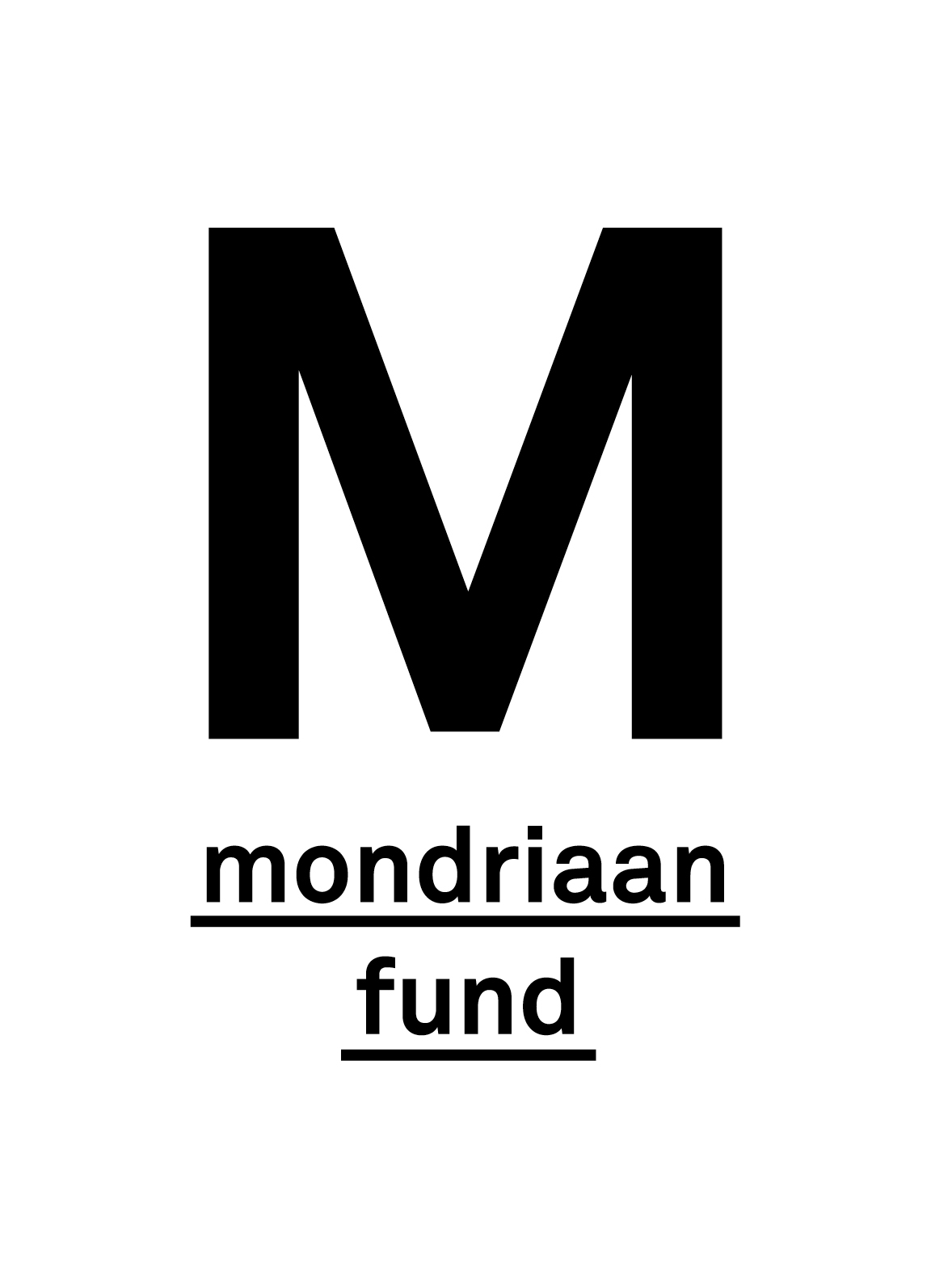

Texts
Exercises in dischronology Exercises in dischronology consists of an editted version of the Courier New font, a font which originated as Courier- the main typeface employed for strike-on typewriters- and which was later digitized for use on a personal computer. My reitteration of this font, Courier New New, was constructed as a traditional woodcarved typeface. The digital age lacks a very specific element to historical appreciation: tangible relics. By reitterating the Courier New font as an analogue typeface it joins forces with the likes of the Gutenberg press, a paragon of both the scientific and industrial revolutions. Not only did Gutenberg's typesetting system revolutionize the way we spread and interpret information; in terms of visual cues it feels overtly futuristic for 1455- completely in line with it being a forebearer to industrialization. The strange combination between the modern world in the functionality of the system and the actual Gutenberg type, based on the writing style employed by monks, is completely relatable to the way in which we display digital text – in a text program which is completely traditional in layout (it strikes me that most of the time the A4 format I use on my computer is mostly clumsy in relation to the dimensions of computer screens). Because no known images exist of the original press used by Gutenberg- the first image of such a press being shown in Matthias Huss' Danse Macabre from 1499, over 50 years after its first invention, and most likely being vastly different from the press Gutenberg employed- the danger of falling into oblivion is very comparable to that of the digital revolution. Both exemplars of media distribution, they paradoxically run the risk of themselves being forgotten once an apt substitute is found. As part of Artifices elements of this project are shown at Letterpress Amsterdam, a workshop where traditional printing techniques are still actively used. The works themselves function as a sculptural meditation on this working history, employing the functionality of the Gutenberg system as a way of combining information- for example in the form of reproductions of important historical bookblocks and woodcarvings, and using the abstract system of typesetting to create a monument to both media revolutions. Futurists without prospects Early one morning in 1907 F.T. Marinetti was driving his new Fiat 24-32 HP down Domodossola when by the sudden appearance of two bicyclists he had to turn the wheel, and drove his car into a ditch. This minor incident (no one got hurt) had great cultural significance. The crash not only served as an introduction to Futurism 2 years later, but arguably functions as a mythical big-bang for all of Modernism. By taking the role of a side character to this story, Ettore Angelini, I gave this story an alternative future in the form of a car maintenance manual based on the many manifestoes and experiments in graphic design produced by the Futurists. In the final installment of Futurists without prospects this publication is returned to the last remaining Fiat tipo 24-32. Most of the cars of this type were more than likely melted down into bullets to fuel italian war efforts during the first world war- incidentally the leading cause of deaths among the first wave of italian futurists. Oddly enough the company that produced Marinetti's car, FIAT, was also responsible for the construction of all of Italy's war technology.